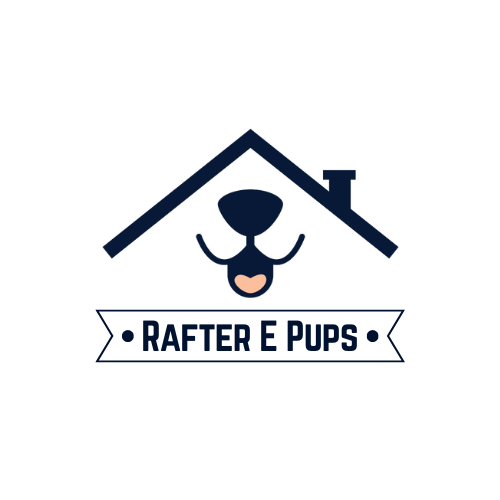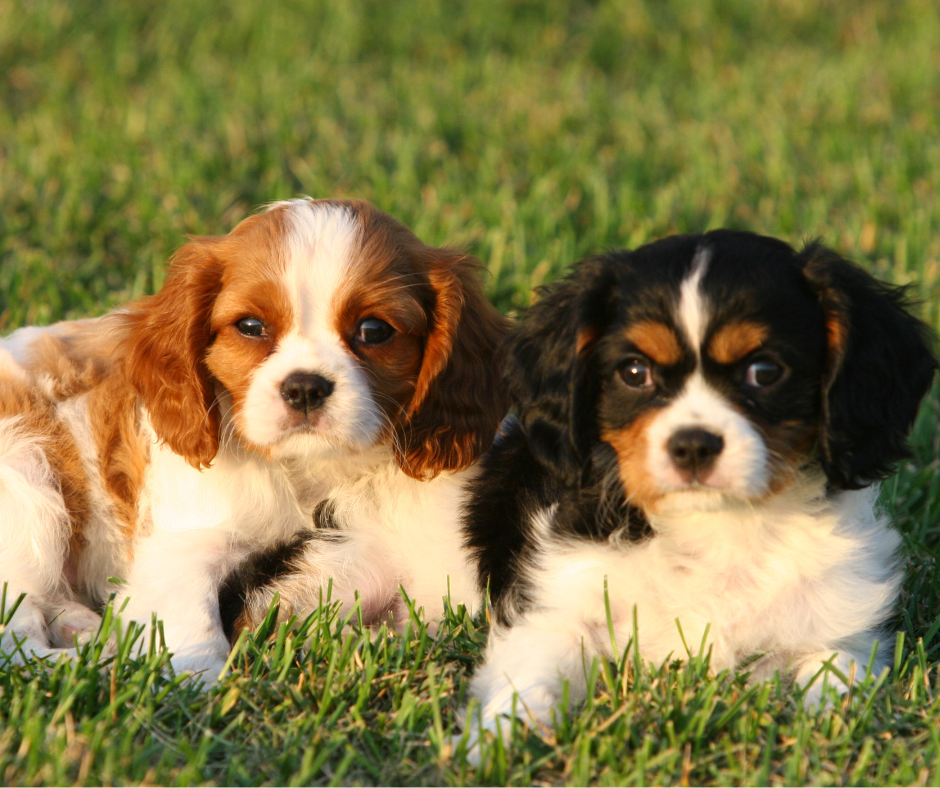Cavalier King Charles Spaniels are renowned for their elegant appearance and gentle temperament, making them beloved companions for many families. However, their beautiful coats and sensitive skin require special attention, particularly in varying climates. Indiana’s climate presents unique challenges for pet owners, with its hot summers and cold winters.
In Indiana's climate, Cavaliers need regular grooming: brush 3-4 times a week, bathe every 4-6 weeks, and trim every 8-10 weeks. In summer, keep them cool and hydrated; in winter, provide warmth and protect paws from ice. Regular vet check-ups and seasonal care adjustments are essential.
Understanding the Climate of Indiana
Indiana’s climate presents a mix of weather conditions that can significantly impact the health and comfort of pets, especially those with long or sensitive coats like the Cavalier King Charles Spaniel. The state experiences a range of temperatures and humidity levels, from hot, humid summers to cold, snowy winters. Understanding these climatic factors is crucial for tailoring grooming and care routines to ensure that your Cavalier remains happy and healthy throughout the year. Indiana experiences a humid continental climate characterized by:
Hot, humid summers: Temperatures can soar into the 80s and 90s Fahrenheit (27-37°C) with high humidity levels.
Cold, snowy winters: Temperatures can drop below freezing, with snow and ice common during the winter months.
Moderate spring and fall: Transition periods with milder temperatures but fluctuating weather conditions.
These climatic conditions necessitate specific grooming and care strategies to ensure your Cavalier remains healthy and comfortable year-round.
Grooming Essentials for Cavaliers
The Cavalier King Charles Spaniel is known for its elegant, flowing coat, which requires regular attention to keep it in top condition. Proper grooming is essential not only for maintaining their signature look but also for ensuring their overall health and comfort. Here’s a breakdown of essential grooming practices to keep their coat and skin in optimal condition:
Brushing
Frequency: Brush your Cavalier’s coat at least 3-4 times a week to prevent matting and tangles. During shedding season, which typically occurs in spring and fall, you may need to increase brushing to daily.
Tools:
- Slicker Brush: Ideal for removing loose fur and preventing tangles.
- Metal Comb: Useful for detangling and checking for mats close to the skin.
- Deshedding Brush: Helps manage the shedding of undercoat fur.
Technique: Start brushing from the base of the coat, working your way outwards. Pay extra attention to areas prone to tangling, such as behind the ears, under the legs, and around the tail.
Bathing
Frequency: Bathe your Cavalier every 4-6 weeks, or as needed, depending on their activity level and exposure to dirt.
Products:
- Dog Shampoo: Use a high-quality, dog-specific shampoo to avoid skin irritation. Hypoallergenic and moisturizing shampoos are beneficial for Cavaliers with sensitive skin.
- Conditioner: Apply a conditioner to keep the coat soft and manageable. Look for products that detangle and add moisture.
Technique: Use lukewarm water and ensure thorough rinsing to remove all shampoo residues. Dry your Cavalier with a towel, and if needed, use a blow dryer on a low, cool setting to prevent overheating.
Trimming
Frequency: Trim your Cavalier’s coat every 8-10 weeks to maintain a manageable length and prevent excessive matting. Focus on areas prone to tangling or that can trap dirt and moisture.
Tools:
- Scissors: For precision trimming around the face, feet, and tail.
- Clippers: For trimming larger areas like the body. Ensure the clippers are sharp and appropriate for the coat type.
Technique: Trim carefully to avoid cutting the skin. Pay special attention to the hair between the paw pads, around the ears, and under the tail.
Ear Care
Frequency: Check and clean your Cavalier’s ears weekly to prevent infections, especially in humid weather.
Products:
- Ear Cleaner: Use a vet-approved ear cleaner to remove dirt and wax.
- Cotton Balls: For applying the ear cleaner and gently wiping the ear canal.
Technique: Gently lift the ear flap, apply the cleaner, and massage the base of the ear. Wipe away any debris with a cotton ball, but avoid inserting anything into the ear canal.
Nail Clipping
Frequency: Trim your Cavalier’s nails every 3-4 weeks to prevent overgrowth and discomfort.
Tools:
- Dog Nail Clippers: Use clippers designed for small breeds.
- Styptic Powder: For stopping bleeding in case you cut too close to the quick.
Technique: Trim just the tip of the nail, avoiding the quick (the sensitive part of the nail). If unsure, trim small amounts gradually to avoid causing pain.
Care Tips for Indiana’s Climate
Caring for a Cavalier King Charles Spaniel in Indiana requires special considerations due to the state's diverse climate. With its hot, humid summers and cold, snowy winters, Indiana's weather can pose unique challenges for your pet’s well-being. Indiana’s climate can impact your Cavalier’s health and comfort, so consider these care tips to address seasonal challenges:
Summer Care
As temperatures rise and humidity increases in Indiana's summer months, special attention is required to ensure your Cavalier King Charles Spaniel stays cool, hydrated, and comfortable. The heat can pose risks such as overheating and dehydration, making it crucial to adapt your pet care routine to the warmer weather.
- Hydration: Ensure your Cavalier has access to fresh water at all times. Hydration is crucial in hot, humid conditions to prevent overheating and dehydration.
- Shade and Cooling: Provide shaded areas and cooling mats for your Cavalier to rest in. Avoid walks during peak heat hours (10 AM to 4 PM) and opt for early morning or late evening walks.
- Flea and Tick Prevention: Increase vigilance against fleas and ticks during warmer months. Use vet-recommended preventatives and check your Cavalier regularly for parasites.
- Bathing and Grooming: More frequent grooming may be necessary to manage shedding and keep your Cavalier cool. Ensure thorough drying after baths to prevent fungal infections.
Winter Care
Indiana’s cold, snowy winters bring their own set of challenges for caring for your Cavalier King Charles Spaniel. With temperatures dropping and snow covering the ground, it's important to adapt your care routine to ensure your pet stays warm, safe, and healthy.
- Warmth: Provide a warm, cozy bed for your Cavalier. Consider a dog sweater or coat for outdoor walks to protect against the cold.
- Paw Care: Ice, snow, and salt can irritate your Cavalier’s paws. Use a paw balm to protect their paw pads and clean their feet after walks.
- Hydration and Nutrition: Continue providing fresh water and adjust their diet if needed to maintain a healthy weight. Cold weather can increase calorie needs for maintaining body heat.
- Indoor Play: Engage your Cavalier in indoor activities to keep them active and entertained during the winter months.
Spring and Fall Care
Spring and fall in Indiana bring transitional weather that can impact your Cavalier King Charles Spaniel’s health and comfort. With fluctuating temperatures and increased allergens, these seasons require careful attention to maintain your pet’s well-being.
- Allergies: Be mindful of seasonal allergies that may affect your Cavalier’s skin and coat. Monitor for symptoms such as itching, redness, or ear infections and consult your vet if needed.
- Shedding: Increase brushing frequency to manage seasonal shedding and reduce the amount of loose fur in your home.
- Fleas and Ticks: Continue with flea and tick prevention as the weather can still be conducive to these parasites.
Veterinary Care for Cavaliers
Regular veterinary check-ups are vital for maintaining your Cavalier King Charles Spaniel’s overall health and well-being. Scheduling annual exams ensures that your pet receives a thorough health assessment, including vaccinations, parasite screenings, and dental checks. These routine visits help identify potential health issues early, allowing for prompt treatment and prevention of more serious conditions. Staying up-to-date with vaccinations is particularly important for preventing diseases that can affect your Cavalier’s quality of life.
In addition to annual check-ups, it’s essential to consult your vet if you notice any changes in your Cavalier’s behavior, coat condition, or overall health. Unusual symptoms such as excessive itching, changes in appetite or weight, or behavioral shifts can be indicators of underlying health problems. Your vet can provide guidance on appropriate treatments and adjustments to your pet’s care routine, ensuring that any issues are addressed swiftly and effectively. Regular communication with your veterinarian is key to keeping your Cavalier happy, healthy, and thriving throughout their life.
Grooming and caring for a Cavalier King Charles Spaniel in Indiana’s climate requires attention to detail and adaptability. By following these grooming tips and seasonal care guidelines, you can ensure that your Cavalier remains healthy, comfortable, and stylish throughout the year. With proper care, your Cavalier will continue to be a cherished member of your family, bringing joy and companionship through every season.

